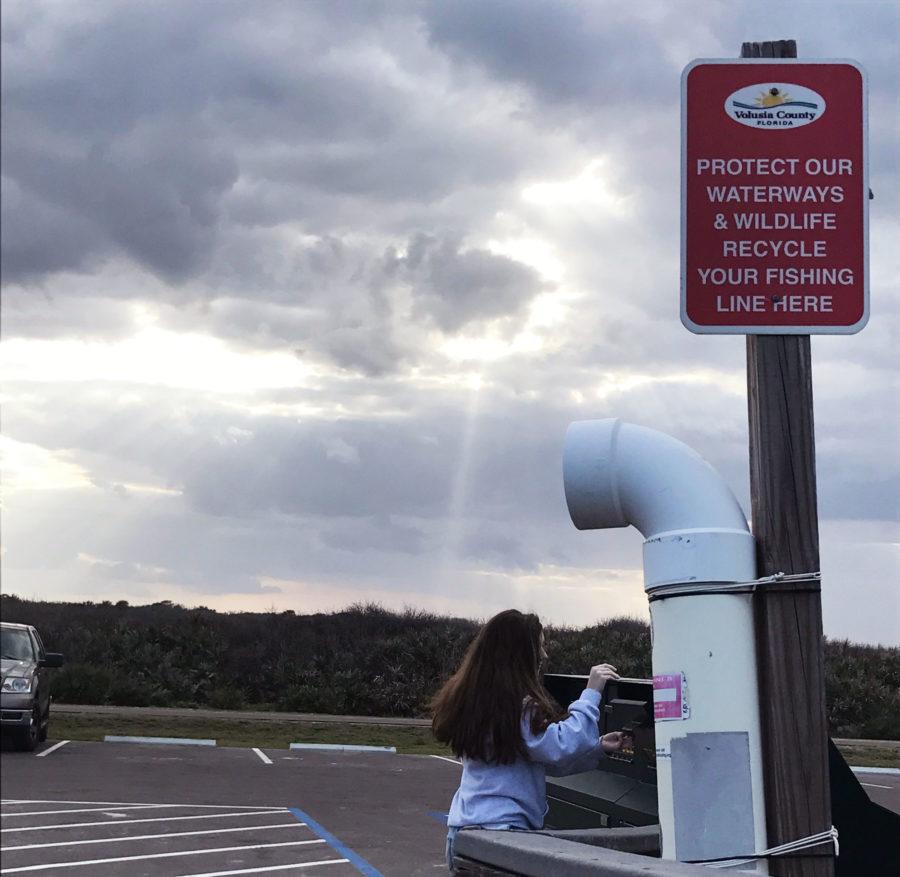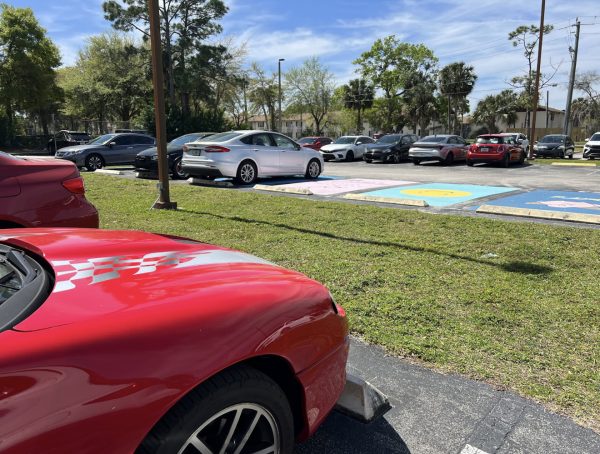SPRING BREAKERS GET TRASHY ON FLORIDA BEACHES
Spring breakers leave lots of trash and litter after extensive partying on beaches which results in the degradation of Florida’s famous beaches.
March 27, 2017
The state of Florida is known nationally for its white sandy beaches and clear waters. It is one of the many reasons college students travel to Florida to party during spring break. Eventually, the excitement and adrenaline caused by partying ends and the mass of tourists and students will vanish as students return to school. The one thing that will not leave, however; is the piles upon piles of trash left behind which not only detracts from the beauty of Florida beaches, but it also has devastating effects on the environment.
“The amount of trash that gets left behind after spring break is horrifying,” said junior Kumayl Iqbal. “I help clean up the beach as much as I can as a volunteer but even with a group, it gets really hard to undo the damage that has been done since it’s really extensive. I think encouraging other students to volunteer by clearing the shorelines spreads awareness and promotes beach restoration.”
A major part of Florida’s economy relies on the tourism industry as it is the world’s top travel destination. Bringing in around 87 million people a year, the tourism industry generates about 67 billion dollars for Florida. The crowds of people that travel to Florida during their spring break are counted as tourists as they buy hotel rooms, alcohol, concert tickets and other things during their stay which is beneficial to Florida’s economy.
This benefit also comes at a cost as many of the of the infamous spring break parties are held at the beach and much of the trash left behind endangers the life of many marine animals and destroys the aquatic ecosystem.
“It doesn’t matter how much money the tourism industry is contributing to Florida’s economy if it is going to harm the environmental in the long run,” said AP Environmental Science student Brianna Collier. “It will end up costing us more to allow people to pollute our environment and where we live because of the amount of money we will have to spend to try to clean the trash.”
Much of the trash accumulating on the beaches are from plastic and glass bottles, cans, soda caps, shoe soles and flip flops. When left on the beach, small, shiny pieces attract birds that eat the metal, glass shards can hurt people walking along the shore, and plastic debris can seriously injure and kill marine life. The accumulation of trash along the shores often gets dragged into the oceanic waters by the tides, which leads to marine plastic pollution.
Marine plastic pollution has impacted at least 267 species worldwide, including 86 percent of all sea turtle species, 44 percent of all seabird species and 43 percent of all marine mammal species. Water pollution doesn’t just affect animals, it affects humans just as badly. Swimming in contaminated waters can lead to a variety of illnesses such as skin rashes, fevers, and ear, nose, and eye infections.
Due to the ignorance and careless nature of spring breakers and other tourists, Florida beaches are in danger of being shut down to allow for the clean up polluted shores and prevent damage to other beaches caused by the trash being dumped upon them. In order to stop this from happening, people need to become more aware of the effect littering and disregarding the environment.



































